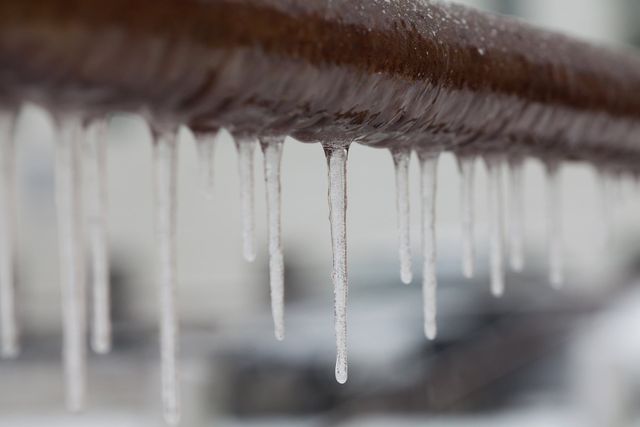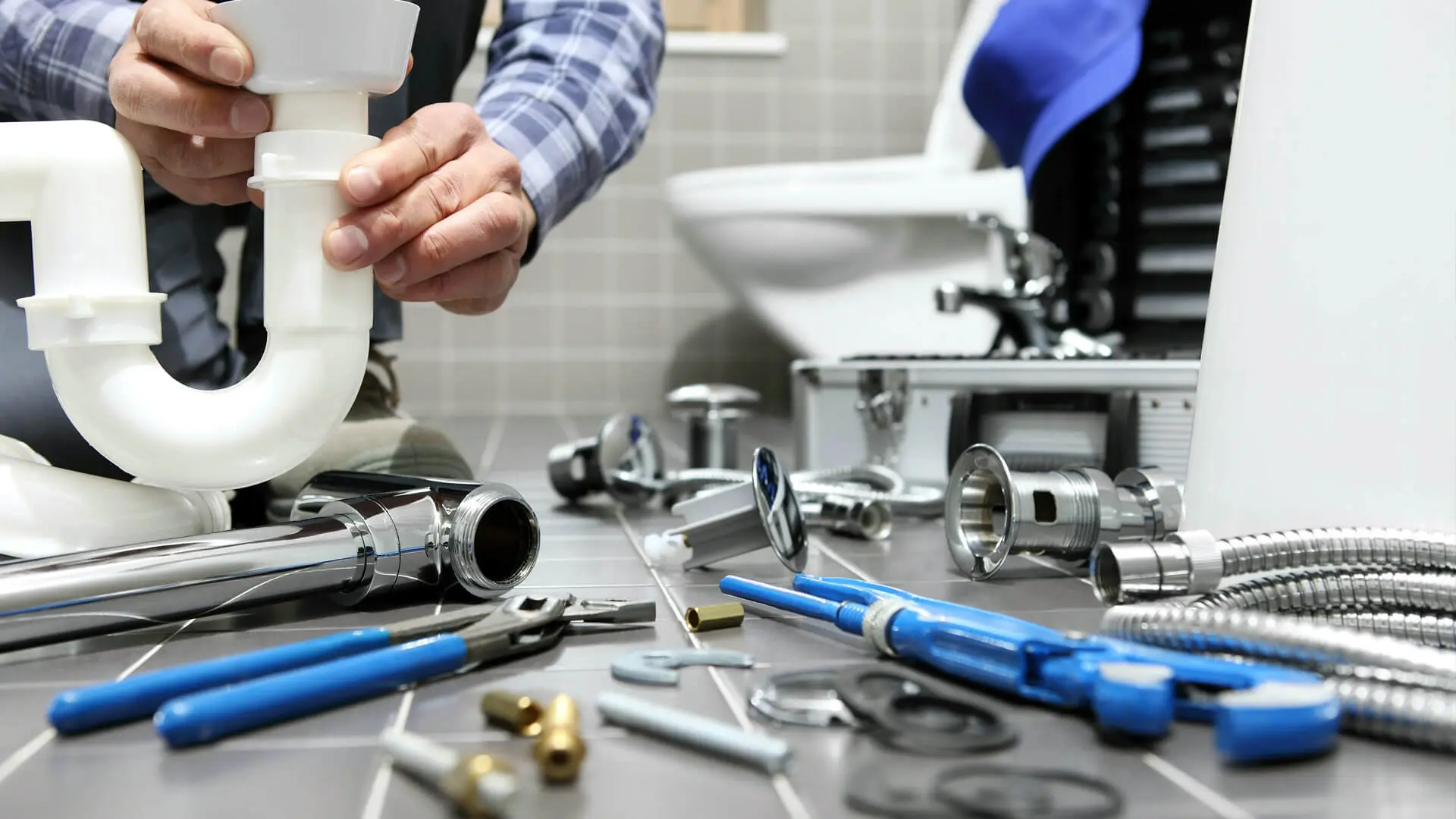My Ultimate Guide: Several Winterizing Techniques to Defend Against Pipe Bursts in Chilly Conditions
My Ultimate Guide: Several Winterizing Techniques to Defend Against Pipe Bursts in Chilly Conditions
Blog Article
We've stumbled on this great article involving Prevent Freezing and Bursting Pipes below on the internet and felt it made perfect sense to discuss it with you on this site.

All home owners that stay in pleasant environments have to do their finest to winterize their pipelines. It is something you need to do during autumn prior to deep winter months truly starts. Failing to do so can spell catastrophe like frozen, cracked, or ruptured pipelines. If the weather outside is frightful, below are some useful winterizing hacks to keep your plumbing system shielded even.
Attempt a Hair Clothes Dryer or Heat Weapon
When your pipelines are nearly freezing, your trusty hair dryer or warm gun is a godsend. If the hot towels do not assist dislodge any settling ice in your pipes, bowling warm air straight into them may aid. You might finish up harmful your pipelines while attempting to melt the ice.
Open Up Cabinet Doors Hiding Plumbing
When it's cool outside, it would certainly be useful to open up cabinet doors that are masking your pipes. Doing this small trick can keep your pipes warm and limit the potentially harmful outcomes of freezing temperatures.
Require Time to Cover Exposed Pipeline
One simple and awesome hack to heat up freezing pipes is to wrap them with cozy towels. You can also use pre-soaked towels in warm water, simply don't forget to put on protective handwear covers to protect your hands from the warmth.
Activate the Faucets
When the temperature declines as well as it seems as if the cold temperature level will certainly last, it will help to activate your water both inside as well as outdoors. This will maintain the water flowing through your plumbing systems. On top of that, the movement will decrease the freezing process. Significantly, there's no demand to turn it on full force. You'll end up wasting gallons of water this way. Instead, go for concerning 5 drops per min.
When Pipes are Frozen, close Off Water
Turn off the primary water shutoff right away if you see that your pipes are totally frozen or virtually nearing that stage. You will usually find this in your cellar or laundry room near the heater or the front wall surface closest to the street. Transform it off immediately to stop more damage.
With more water, even more ice will certainly load up, which will at some point lead to burst pipes. If you are unclear about the state of your pipelines this winter months, it is best to call a specialist plumber for an assessment.
All home owners who live in temperate climates have to do their finest to winterize their pipes. Failure to do so can lead to catastrophe like icy, fractured, or burst pipes. If the warm towels do not aid displace any kind of settling ice in your pipelines, bowling warm air directly into them may assist. Turn off the major water shutoff instantly if you discover that your pipes are totally icy or virtually nearing that phase. With even more water, even more ice will certainly load up, which will at some point lead to burst pipes.
PREVENT YOUR PIPES FROM FREEZING THIS WINTER
A Leading Cause of Property Damage
When the weather is taking a deep nose dive into the cold dreary days, the risk of your pipes freezing and potentially bursting skyrockets. Unfortunately, during these cold dreary months, burst pipes are the most common denominator for property damage. The pipes that are most at the risk are those that are in areas where it is most cold in your home. For instance, pipes located in interior places such as basements, attics, and your garage. Unfortunately, that doesn’t mean that the pipes running through your cabinets or exterior walls can’t freeze. Good news, however, is that you can do things to help prevent pipes from freezing.
How to Prevent Pipes From Freezing
Once the temperature starts to drop during the winter, you should be taking the proper measures needed to ensure that your pipes stay warm and that there is circulation of water through them. Some steps that experts may recommend could go against your better judgement when it comes to saving water and heat. However, it would go without saying that when expenses are compared, damaged pipes could put a bigger dent in your wallet than a water bill.
What Can I Do?
Keep your garage door closed. This is very important, especially if you have water supply lines running through your garage. Open your kitchen and bathroom cabinets to allow warm air to circulate through them. Allow air circulation throughout your home. Keeping the interior doors open will once again allow the warm air to circulate inside your home. Ensure your thermostat is running the same temperature throughout the night and day. If you plan to be away from home during the cold months, set your temperature no lower than 55° F. This should provide enough heat to keep the pipes warm and prevent any remaining water inside the pipes from freezing. For more of a long-term solution, add insulation to attics, basement, and other crawl spaces around your home. By allowing your faucet to drip, it will alleviate pressure in the system. This is important because the pressure that is created between the blockage and the faucet can potentially cause the pipes to burst. Allowing the faucet to drip will prevent the pressure from building up, therefore keeping the pipes from bursting. Seal any cracks, openings, and crawl spaces around your home to prevent cold air from coming inside. This keeps your pipes-not to mention your home-warmer and less susceptible to issues caused by freezing temperatures. For the pipes in your home that are easily accessible, applying electrical tape to them might prevent them from freezing over. This is a quick fix, as you can apply the tape directly to the pipe. There are two options for heating tapes. One turns on and off by itself when it senses heat is needed. The other type of heating tape needs to be applied when heat is needed and removed when not necessary. If you have exposed pipes in your home, you can check this website to take a look at a few options that would be available at a shop near you.

I'm very enthusiastic about Prevent Freezing and Bursting Pipes and I really hope you liked the entire piece. Are you aware of somebody who is interested by the subject? Why not promote it. Kudos for your time. Visit us again soon.
Overflow? Ring now! Report this page